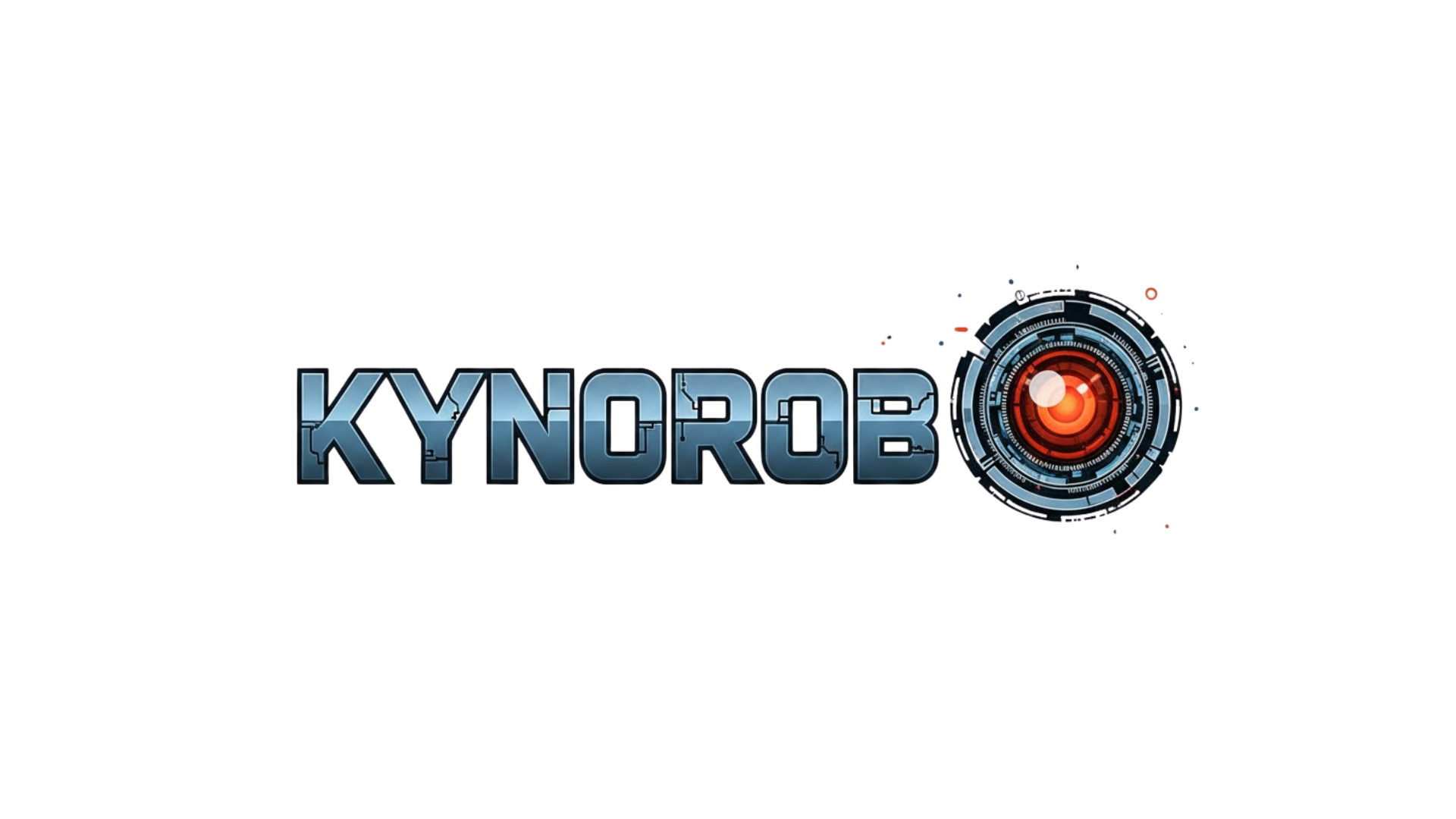Music therapy is emerging as a powerful, evidence-based intervention that’s revolutionizing how mental health professionals approach psychological healing and emotional wellness.
🎵 The Science Behind Sound and Emotion
The relationship between music and the human brain is profound and multifaceted. When we listen to music, multiple areas of our brain light up simultaneously, creating a neural symphony that engages our emotions, memories, and cognitive processes. This neurological response forms the foundation of music therapy as a legitimate mental health treatment.
Research has demonstrated that music activates the limbic system, the emotional center of our brain, while simultaneously engaging the prefrontal cortex responsible for decision-making and self-regulation. This dual activation creates unique therapeutic opportunities that traditional talk therapy alone may not access as directly.
Neuroscientists have discovered that music triggers the release of dopamine, often called the “feel-good” neurotransmitter, which plays a crucial role in motivation, pleasure, and reward processing. This biochemical response explains why music can lift our spirits, reduce anxiety, and create feelings of connection and well-being.
Rhythmic Patterns and Brain Synchronization
Our brains naturally synchronize with rhythmic patterns in music, a phenomenon known as entrainment. This synchronization can help regulate breathing, heart rate, and even brainwave patterns, creating physiological changes that support mental health recovery. When someone experiencing anxiety listens to calming music with a slower tempo, their body often naturally adjusts to match that rhythm, promoting relaxation.
What Exactly is Music Therapy?
Music therapy is far more than simply listening to your favorite songs or playing an instrument as a hobby. It’s a clinical and evidence-based practice where trained professionals use music interventions to accomplish individualized therapeutic goals within a therapeutic relationship.
Certified music therapists complete rigorous academic and clinical training, typically earning a bachelor’s degree or higher in music therapy, completing over 1,200 hours of clinical training, and passing a national board certification exam. These professionals assess emotional well-being, physical health, social functioning, communication abilities, and cognitive skills through musical responses.
Music therapy sessions may involve listening to music, singing, playing instruments, composing songs, discussing lyrics, or moving to music. The specific interventions are carefully selected based on the client’s needs, preferences, and therapeutic goals. This personalized approach makes music therapy adaptable to various mental health conditions and individual circumstances.
The Therapeutic Relationship Through Sound
What distinguishes music therapy from casual music listening is the therapeutic relationship between client and therapist. The music therapist creates a safe, supportive environment where clients can explore emotions, develop coping skills, and work toward mental health goals through structured musical experiences.
🧠 Mental Health Conditions Responding to Music Therapy
Music therapy has demonstrated remarkable effectiveness across a wide spectrum of mental health challenges. Its versatility and non-invasive nature make it particularly valuable for populations who may struggle with traditional verbal therapies.
Depression and Mood Disorders
For individuals battling depression, music therapy offers a pathway to emotional expression when words fail. Studies have shown that active music-making can reduce depressive symptoms by providing a sense of accomplishment, facilitating emotional release, and creating opportunities for positive experiences. Group music therapy sessions also combat the isolation that often accompanies depression.
The structured nature of musical activities provides routine and predictability, which can be especially beneficial for people with mood disorders who struggle with motivation and daily functioning. Creating music activates reward pathways in the brain that depression often suppresses, helping to restore a sense of pleasure and engagement with life.
Anxiety and Stress-Related Conditions
Music therapy interventions for anxiety often focus on relaxation, grounding techniques, and developing self-regulation skills. Guided imagery with music, progressive muscle relaxation paired with calming soundscapes, and breathing exercises synchronized to musical rhythms are common approaches.
Research consistently shows that music therapy can lower cortisol levels, reduce heart rate, and decrease blood pressure—all physiological markers of stress and anxiety. For people with generalized anxiety disorder, panic disorder, or PTSD, music therapy provides tools for managing symptoms and regaining a sense of control.
Trauma and PTSD
Trauma survivors often find verbal processing of traumatic experiences overwhelming or retraumatizing. Music therapy offers an alternative pathway for processing trauma through non-verbal expression. The rhythmic and melodic elements of music can help organize fragmented traumatic memories and facilitate integration.
Drumming circles, in particular, have shown promise for trauma recovery, providing opportunities for empowerment, community connection, and safe expression of difficult emotions. The predictable structure of rhythm can help trauma survivors feel grounded and present in their bodies.
Autism Spectrum Disorder
Individuals on the autism spectrum often demonstrate heightened musical abilities and responsiveness. Music therapy leverages this natural affinity to support social communication, emotional regulation, and behavioral goals. Musical interactions can create bridges for connection that verbal communication alone may not provide.
Improvisational music therapy, where therapist and client create music together spontaneously, has proven particularly effective for developing turn-taking, joint attention, and reciprocal communication skills in individuals with autism.
🎼 Types of Music Therapy Interventions
The field of music therapy encompasses diverse approaches and techniques, each suited to different therapeutic needs and populations.
Receptive Music Therapy
In receptive approaches, clients listen to recorded or live music selected by the therapist to address specific therapeutic goals. This might include music-assisted relaxation, guided imagery and music (GIM), or lyric analysis. Receptive techniques are particularly useful for individuals who feel intimidated by active music-making or who benefit from contemplative, introspective work.
Active Music Therapy
Active interventions involve clients in creating music through singing, playing instruments, improvising, or composing. These approaches emphasize self-expression, skill development, and the empowering experience of making music. No previous musical training is required—the therapeutic value comes from the process, not the quality of the musical product.
Improvisational Music Therapy
Clinical improvisation involves spontaneous music-making between therapist and client. This approach, rooted in psychodynamic and humanistic theories, allows for authentic emotional expression and interpersonal connection through sound. The music becomes a metaphor for the therapeutic relationship and the client’s inner world.
Songwriting and Lyric Analysis
Creating original songs or analyzing existing lyrics provides opportunities for storytelling, meaning-making, and perspective-taking. Songwriting can help clients articulate complex emotions, process experiences, and envision future possibilities. Discussing lyrics from familiar songs can facilitate conversations about difficult topics in a less threatening way.
🌟 Real-World Applications and Success Stories
Music therapy is being integrated into diverse settings, from psychiatric hospitals and outpatient mental health clinics to schools, correctional facilities, and community wellness programs.
Veterans’ hospitals have implemented music therapy programs specifically designed for combat-related PTSD, with veterans reporting significant reductions in nightmares, hypervigilance, and emotional numbness. One program uses collaborative songwriting to help veterans process their experiences and reconnect with their sense of purpose.
In adolescent mental health programs, music therapy provides age-appropriate interventions that resonate with young people’s natural connection to music. Teen participants often find music therapy less stigmatizing than traditional counseling, leading to greater engagement and therapeutic progress.
Substance abuse treatment centers incorporate music therapy to address the emotional and psychological factors underlying addiction. Music provides healthy outlets for expression and pleasure that support recovery and reduce relapse risk.
📱 Technology Expanding Access to Music-Based Interventions
While not replacing the personalized care of a certified music therapist, technology is making music-based mental health support more accessible. Various applications now offer guided musical experiences designed to support emotional wellness, stress reduction, and mental health maintenance.
These digital tools range from curated playlists for specific moods to interactive platforms that guide users through musical mindfulness exercises. Some apps use artificial intelligence to adapt musical selections based on user feedback and emotional states.
Apps like Calm incorporate music and soundscapes as part of comprehensive mental wellness programs, offering meditation sessions with musical accompaniment, sleep stories with soothing music, and breathing exercises synchronized to gentle rhythms. While these aren’t substitutes for clinical music therapy, they can complement professional treatment or serve as preventive mental health tools.
🔬 The Research Evidence Base
Decades of research have established music therapy’s effectiveness for mental health treatment. A meta-analysis of over 400 studies found that music therapy significantly improved outcomes across psychological, physiological, and social domains.
Specific findings include:
- Reduction in depressive symptoms comparable to traditional psychotherapy in some populations
- Decreased anxiety levels before and after medical procedures
- Improved quality of life for individuals with chronic mental illness
- Enhanced social functioning and communication skills
- Reduced aggression and improved behavioral regulation
- Better medication compliance and treatment engagement
Neuroimaging studies have provided compelling visual evidence of music’s impact on brain function. fMRI scans show that music therapy can strengthen neural connections, promote neuroplasticity, and even stimulate neurogenesis—the creation of new brain cells.
💡 Integrating Music Therapy with Other Treatments
Music therapy rarely stands alone as a mental health treatment. Instead, it’s most powerful when integrated into comprehensive treatment plans that may include medication, psychotherapy, lifestyle modifications, and other complementary approaches.
Many cognitive-behavioral therapists incorporate music-based interventions to enhance traditional CBT techniques. For example, clients might create playlists that support cognitive restructuring or use music as an anchor for mindfulness practices.
In dialectical behavior therapy (DBT), music can support emotion regulation skills, distress tolerance, and interpersonal effectiveness training. Therapists might teach clients to use music as a healthy coping mechanism during emotional crises.
Collaborative Care Models
Forward-thinking mental health programs employ music therapists as integral members of multidisciplinary treatment teams. This collaborative approach ensures that music therapy interventions align with overall treatment goals and complement other therapeutic modalities.
🎯 Getting Started with Music Therapy
If you’re interested in exploring music therapy for yourself or a loved one, the first step is finding a qualified, board-certified music therapist. The Certification Board for Music Therapists maintains a registry of credentialed professionals, and many therapists now offer telehealth services, expanding access beyond geographic limitations.
During an initial assessment, the music therapist will discuss your mental health concerns, treatment goals, musical background, and preferences. You don’t need any musical training or ability to benefit from music therapy—the interventions are tailored to your current skills and comfort level.
Many insurance plans now cover music therapy when provided as part of mental health treatment, though coverage varies. Community mental health centers, universities with music therapy programs, and nonprofit organizations may offer reduced-cost services.
🌈 The Future of Music Therapy in Mental Health
The field of music therapy continues to evolve with advancing technology and deepening scientific understanding. Virtual reality experiences combining immersive visual environments with therapeutic music show promise for treating phobias and anxiety disorders. Artificial intelligence may soon help music therapists analyze musical responses and personalize interventions with unprecedented precision.
Research into precision medicine approaches may eventually allow music therapy interventions to be tailored based on genetic markers, neurological profiles, and individual response patterns. This personalization could maximize therapeutic benefits and outcomes.
Growing recognition of music therapy’s value is leading to increased integration into mainstream healthcare. Medical schools are beginning to include music therapy in their curricula, and hospitals are expanding music therapy services beyond traditional populations.

🎶 Harmonizing Mind, Body, and Spirit
Music therapy represents a paradigm shift in mental health care—one that honors the whole person rather than focusing solely on symptoms and diagnoses. By engaging our innate musicality and our deep neurological responses to sound, music therapy accesses healing pathways that complement and enhance other treatment approaches.
Whether you’re struggling with depression, anxiety, trauma, or simply seeking greater emotional wellness, music therapy offers a unique pathway to healing. It reminds us that recovery isn’t just about eliminating symptoms—it’s about reconnecting with joy, creativity, and the fundamental human experience of making and sharing music.
As research continues to validate what humans have known intuitively for millennia—that music has profound healing power—music therapy is poised to become an increasingly central component of compassionate, effective mental health care. The transformation is already underway, one harmonious note at a time.
Toni Santos is an energy-medicine researcher and subtle-science writer exploring how bio-fields, chakra systems, and frequency therapies shape healing and evolution. Through his investigations into sound medicine, field coherence and energetic design, Toni examines how the invisible dimensions of being become the foundation for presence, transformation and wholeness. Passionate about subtle anatomy, resonance and therapeutic frequency, Toni focuses on how vibration, field awareness and holistic design influence the human system. His work highlights the intersection of science, consciousness, and healing — guiding readers toward living in alignment, resonance and depth. Blending energy medicine, sound healing and field psychophysiology, Toni writes about the landscape of subtle reality — helping readers understand how they inhabit, interact with and expand their energetic fields. His work is a tribute to: The architecture of bio-fields and their role in human vitality The interplay of chakra science, frequency healing and conscious embodiment The vision of subtle medicine as coherent, embodied and whole Whether you are a practitioner, researcher or intuitive explorer, Toni Santos invites you to move into the field of possibility — one vibration, one center, one healing at a time.




